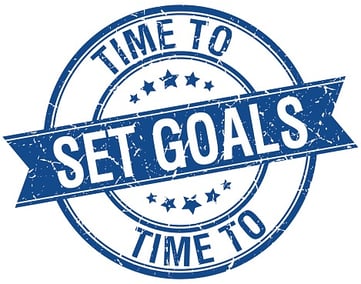 You hear it all the time: “Set your goals!” I can assure you that this will not be the last time you hear about goal setting, either. The types of goals that you can set are endless: professional goals, personal goals, financial goals, exercise goals, and the list goes on. Well, goal setting is actually something vital to being as successful as possible, and has some extremely significant benefits to keep you focused and accountable, as well as help you measure progress. These benefits apply to all types of goals, so let’s take a closer look at why you should participate in goal setting.
You hear it all the time: “Set your goals!” I can assure you that this will not be the last time you hear about goal setting, either. The types of goals that you can set are endless: professional goals, personal goals, financial goals, exercise goals, and the list goes on. Well, goal setting is actually something vital to being as successful as possible, and has some extremely significant benefits to keep you focused and accountable, as well as help you measure progress. These benefits apply to all types of goals, so let’s take a closer look at why you should participate in goal setting.
1: Goals Help You to Move Forward—Energizer
Setting specific goals helps you to set your mind to something, to have direction, and to stay focused. They give you something to plan and work for, so when you begin to lose that motivation and focus, you are pushed quickly back on track. We all have those inner desires, and having goals allows those inner desires to move outward.
2: Goals Set You Up for Success and Positive Self Image—Confidence Booster
Having goals in place can definitely set you up for success and allow you the opportunity to boost your confidence and attitude. When you have specific goals and eventually are able to accomplish them, a part of you becomes proud of what you have done—and rightfully so! When you achieve those goals, you allow yourself to set even larger ones and boost the image that you have of yourself and what you can do.
3: Goals Help the Impossible Become Possible—Mountains Become Hills
We all have big dreams, and sometimes those dreams seem like they could never become reality. When you take the impossible goals that you have and create baby steps or smaller goals, that “impossible feat” suddenly becomes a small incline uphill, rather than a climb to the Everest summit. Setting goals and a realistic approach to achieving them allows you to really make something of what you truly hoped for.
4: Goals Help You Be Accountable for a Lack of Success—Accountability
Writing down concrete goals and setting a date of completion keeps you accountable. But in the event that something prevented you from accomplishing that goal, you can look back and learn from it. And it’s no secret that one of the best ways humans learn is from our mistakes. So instead of putting your tail between your legs if you don’t achieve what you wanted, allow it to be a teachable moment and grow from it.
5: Goals Stretch You—Make You Better
Putting specific and challenging goals ahead of yourself stretches you and makes you better. They push you out of your comfort zone, making you grow and realize how much you really are capable of doing. We all want to be the best possible versions of ourselves, and setting goals that challenge you allows you to do that.
So what are your goals? What is on that list in the back of your mind that you thought was impossible? Pull it out, strategize the stepping stones you need to take to get there, and start!
This blog was written by Amanda Bireline, Fitness Center Manager. To find out more about the NIFS bloggers, click here.


 When it comes to settling back into school, adjusting to the crazy schedule can become one of the biggest tasks. From classes each day, to group project meetings, to homework due dates and the dreaded semester exams, how are we supposed to find the time to keep ourselves healthy and fit?
When it comes to settling back into school, adjusting to the crazy schedule can become one of the biggest tasks. From classes each day, to group project meetings, to homework due dates and the dreaded semester exams, how are we supposed to find the time to keep ourselves healthy and fit? 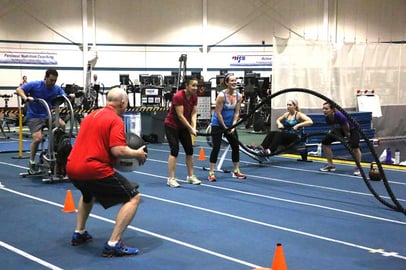 If you have ever participated in High Intensity Training (HIT), you will quickly discover what separates this style of workout from other popular styles you may know, like super sets or pyramid training. The main intention behind high intensity training workouts is that the workout will challenge your body to such a level of discomfort that its threshold or maximum capacity has no choice but to rise. Now don’t let the word “such a level of discomfort” scare you away; it’s the discomfort level that we all feel during exercise at some point, and of course you can push past it.
If you have ever participated in High Intensity Training (HIT), you will quickly discover what separates this style of workout from other popular styles you may know, like super sets or pyramid training. The main intention behind high intensity training workouts is that the workout will challenge your body to such a level of discomfort that its threshold or maximum capacity has no choice but to rise. Now don’t let the word “such a level of discomfort” scare you away; it’s the discomfort level that we all feel during exercise at some point, and of course you can push past it.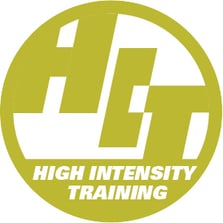

 I recently received a lesson on the origin and true meaning of the word coach. A coach can be defined as something that takes you somewhere, such as a stage coach or coach seat on an airliner. But a COACH is someone who takes you where you want to go. One of the many powers of a coach is the ability to make memories and lessons that stick with you forever, that take you places every day. I have been coached for the majority of my life before ultimately becoming one because knowing the effect these special people had on me, I wanted to be that for someone else.
I recently received a lesson on the origin and true meaning of the word coach. A coach can be defined as something that takes you somewhere, such as a stage coach or coach seat on an airliner. But a COACH is someone who takes you where you want to go. One of the many powers of a coach is the ability to make memories and lessons that stick with you forever, that take you places every day. I have been coached for the majority of my life before ultimately becoming one because knowing the effect these special people had on me, I wanted to be that for someone else.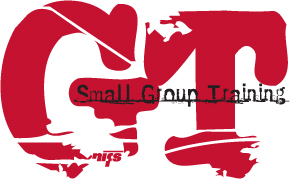
 It can be hard trying to change your lifestyle or fitness on your own. It can be even harder if you don’t have support from your family and friends. You family and friends can play a key role in your fitness journey, so why not get them involved and gain their support? Including them in your journey can help your motivation and help you enjoy the path to your fitness and health goals.
It can be hard trying to change your lifestyle or fitness on your own. It can be even harder if you don’t have support from your family and friends. You family and friends can play a key role in your fitness journey, so why not get them involved and gain their support? Including them in your journey can help your motivation and help you enjoy the path to your fitness and health goals. 

 As we approach
As we approach 
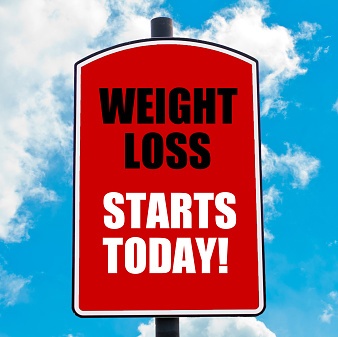 Weight loss tends to be one of the most controversial topics talked about, but I want to take a positive approach. With the new year right here, weight loss tops the list of many people’s New Year’s resolutions.
Weight loss tends to be one of the most controversial topics talked about, but I want to take a positive approach. With the new year right here, weight loss tops the list of many people’s New Year’s resolutions. 



 Sometimes you need a little help when it comes to your nutrition and diet choices. Even though we think we know what to do when it comes to our diet, it can be helpful to have some extra assistance with tips, tracking, and suggestions. There are thousands of apps out there that you can easily download to your phone.
Sometimes you need a little help when it comes to your nutrition and diet choices. Even though we think we know what to do when it comes to our diet, it can be helpful to have some extra assistance with tips, tracking, and suggestions. There are thousands of apps out there that you can easily download to your phone. 
 I recently ended my rugby career at Indiana University. I had been playing for 9 years, and competed in various other sports before that. Until now, I have always had a coach scheduling practices and creating workouts for me, and have always pushed myself to my limits for the team.
I recently ended my rugby career at Indiana University. I had been playing for 9 years, and competed in various other sports before that. Until now, I have always had a coach scheduling practices and creating workouts for me, and have always pushed myself to my limits for the team.